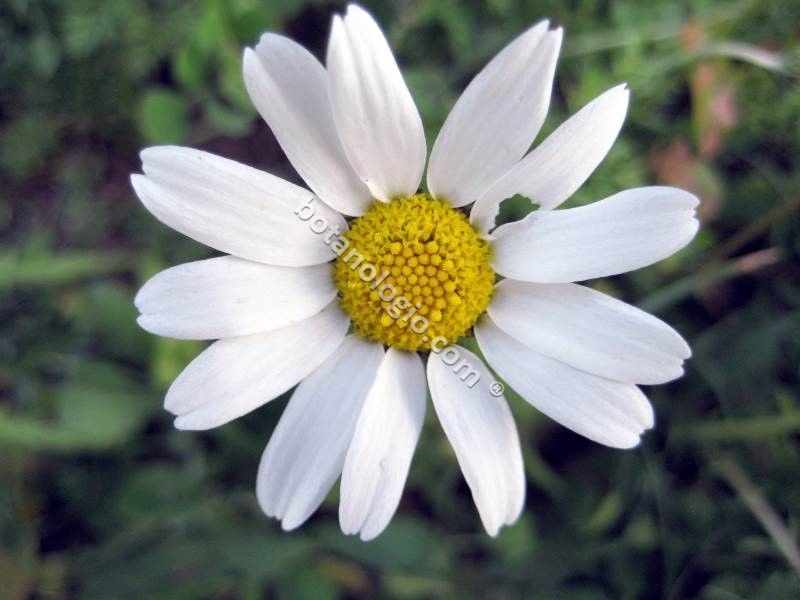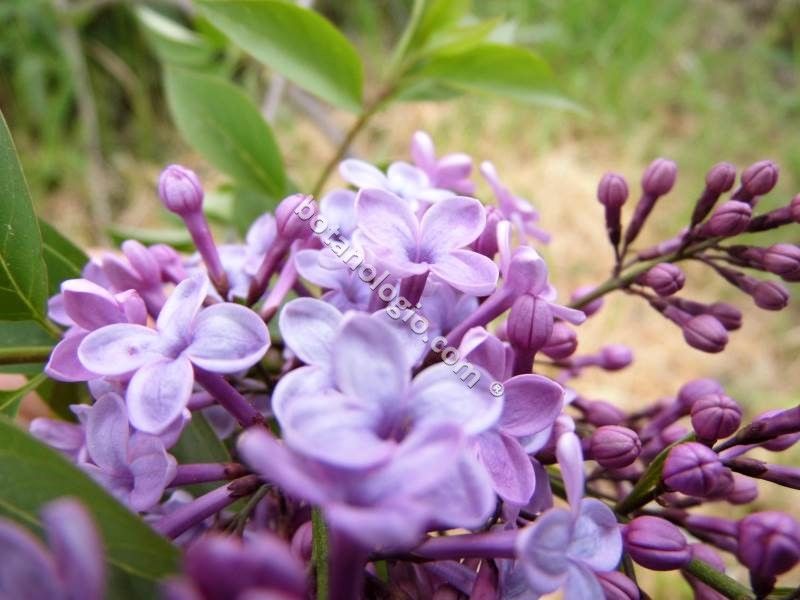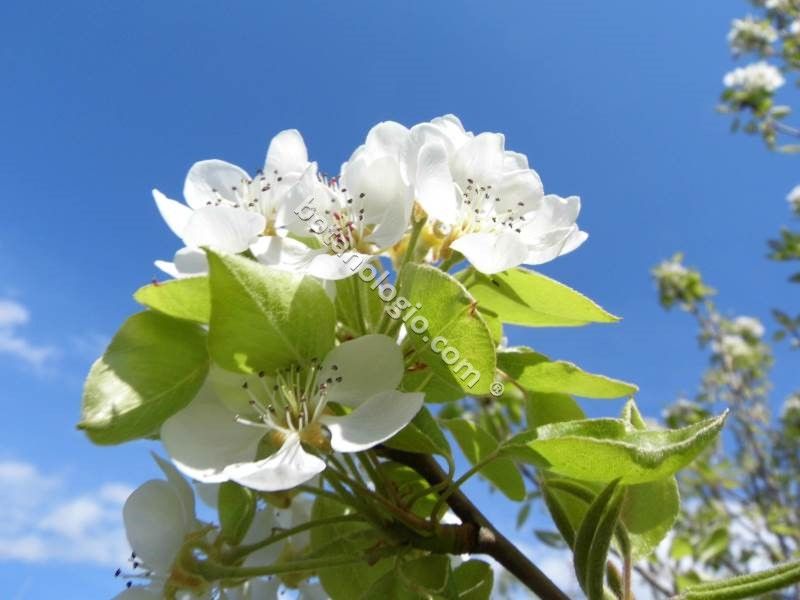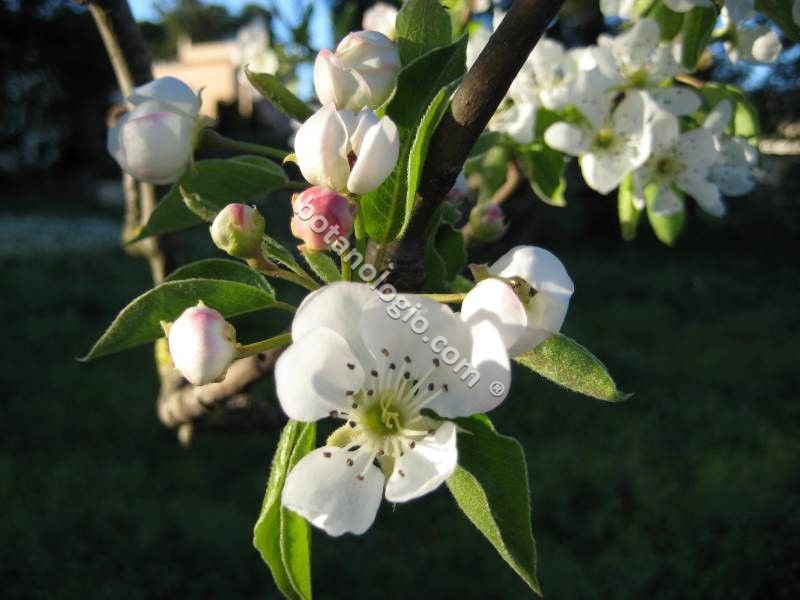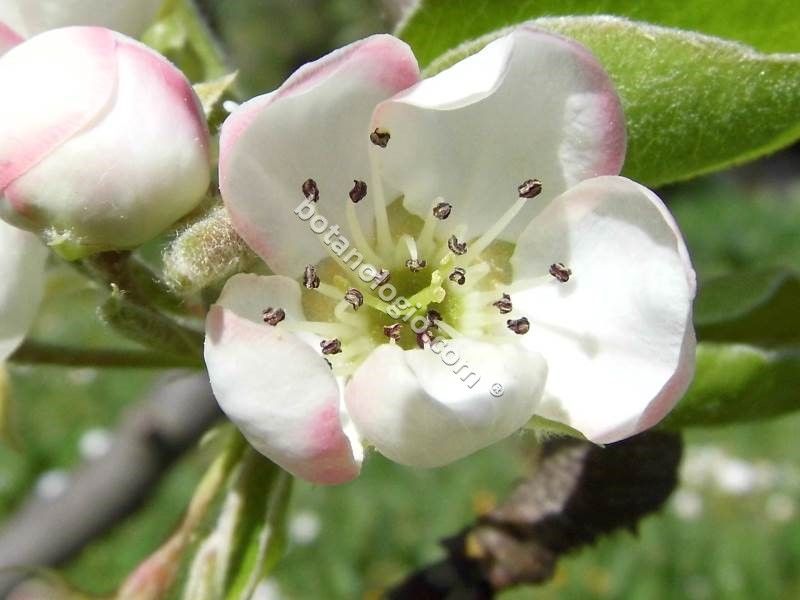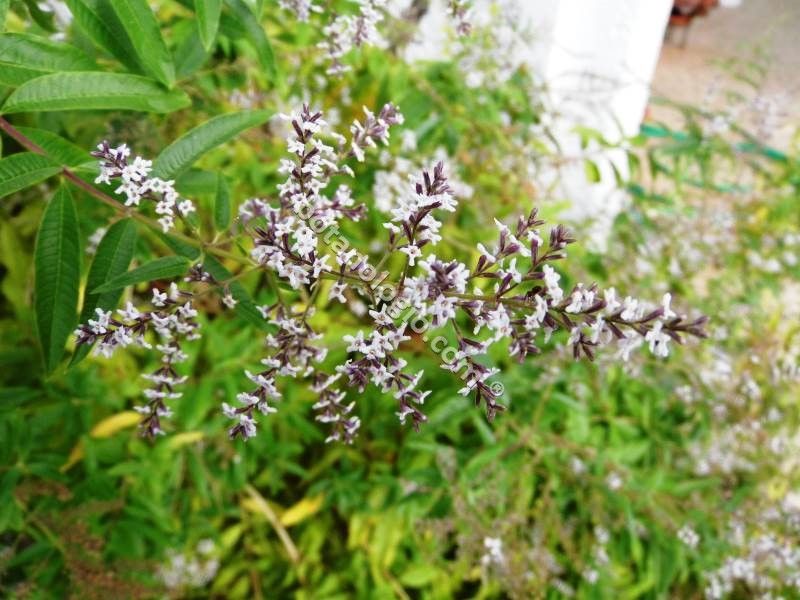Grape, collection and nutritional value

The vine is a unique plant that offers us since ancient times, unique healing and cosmetic properties as well as great nutritional value for young and old.
The vine offers us wine, raisins, vinegar, spoon sweets, must, petimezi, juice, fruits, therapeutic wines and of course tsipouro and raki which are often the basis of homemade tinctures. In Greece we also have the famous moustalevria.
The fruit contains sugars, fiber, B-complex vitamins, significant amounts of vitamin K and vitamin C, manganese, copper, potassium, a few carbohydrates, tannins and malic acid. Useful parts of the vine are its fruits, seeds, shoots and leaves. Everything contributes to some use, from constructions to strong anti-aging cosmetics, and therapeutic recipes.
The most suitable season for collecting leaves and shoots is in late spring and early summer where the vines begin to sprout while the grape harvest season begins in July and lasts until September when the last grape varieties ripen.
Red grape varieties have a stronger anti-cancer and antioxidant effect. While respectively the white varieties are more tonic and moisturizing for the human body.
anti-aging herbs, anti-cancer herbs, antioxidant herbs, grape, grapes, moisturizing herbs, must, raki, tonic herbs, tsipouro, vine
